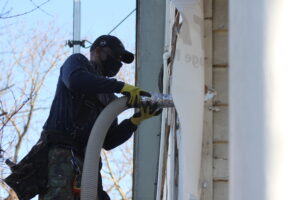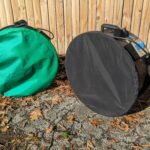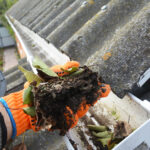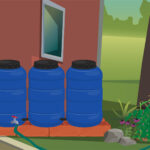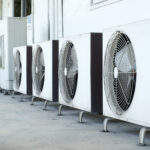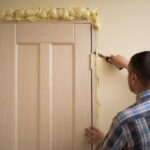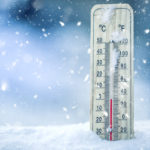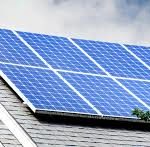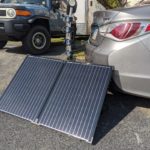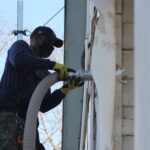Ice Damming
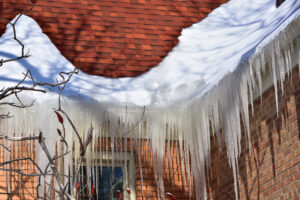
We are in the peak of the winter season, between weekly DC snowstorms and snow busts. Temperatures fluctuating above and below freezing are ideal conditions for snow melt and refreeze. Add in heat loss through the roof and we will eventually see icicles building up to form ice dams. Ice dams form along the edge of the roof and prevent excess snow melt from draining to the gutters and away from the home. This stagnant water cycles between freezing and melting, feeding the ice dam and putting strain on the gutters. The re-freezing cycle allows expanding ice to find its way under the shingles, through roofing plywood, and into the attic and walls. Moisture in the attic and walls lead to issues with the homes structural integrity as well as promotes mold and mildew growth. These are serious risks to your health and costly fixes.
If you are in this situation right now, and see an ice dam forming, there are a few things you can do. If safe to do so, you can use a blunt tool like a mallet to break up the dam into manageable chunks. Additionally, clear out gutters and downspouts if there are ice pieces stuck and blocking the flow of snow melt. Finally, try using an ice melter that is not damaging to exterior housing materials. When in doubt, it is always a good idea to hire a professional to tackle this challenge.

To prevent ice dams in the future, there are some actions on the inside that need to be taken. The source of the problem is the warm roof emitting heat from the house. To keep the attic cool and unconditioned, we need to air seal leakage points from conditioned spaces. We also need to have an even distribution of attic insulation. In our region we need to reach an R value of 49. This will greatly reduce heat loss through the roof and improve comfort in the home. Finally, we need to have proper ventilation in the attic to remove any leaking heat. Components of good attic ventilation like the ridge vent, soffit vent, and baffles at the eaves ensure a clear path for airflow in and out of the attic.
To address this source, an energy audit is a great starting point. Our expert team can conduct an attic to basement analysis on the home, identify problematic areas, and recommend permanent fixes. Customers see savings on energy bills and improved comfort. Give us a call today to see how we can help your home this winter.


